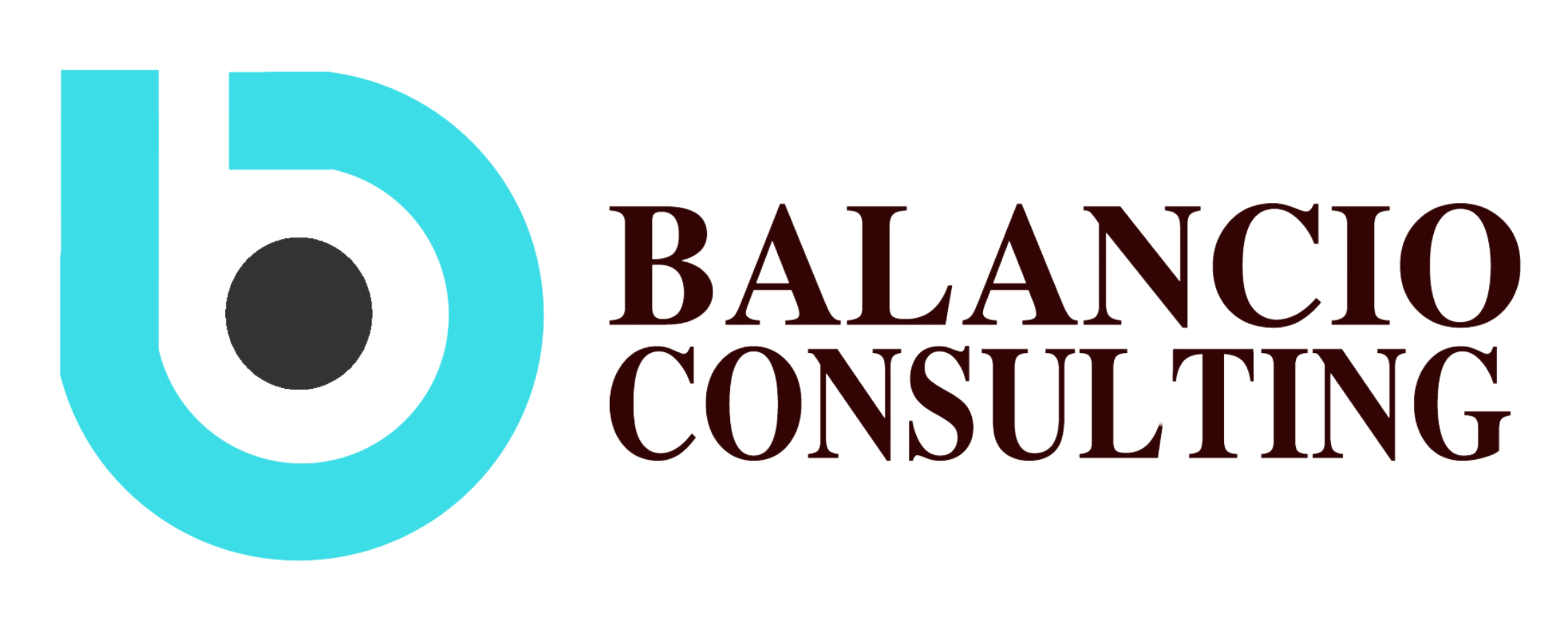
Cash flow is the lifeblood of any business, determining its ability to meet financial obligations, invest in growth, and sustain operations. Positive cash flow occurs when a business earns more money than it spends, ensuring financial stability. Conversely, negative cash flow can lead to liquidity issues, forcing companies to rely on external funding or cut back on operations.
According to a study by U.S. Bank, 82% of small businesses fail due to poor cash flow management. Even profitable companies can face financial struggles if they lack adequate cash reserves to cover expenses. This highlights the importance of maintaining consistent cash inflows while effectively managing outflows.
In this article, we will explore key strategies for maintaining positive cash flow. By implementing these strategies, businesses can enhance financial resilience and ensure long-term success.
Understanding Cash Flow The Basics
What Is Cash Flow?
Cash flow refers to the movement of money in and out of a business over a specific period. It measures liquidity and operational efficiency, indicating whether a company has enough funds to sustain itself.
- Positive cash flow: More money is coming into the business than going out, ensuring smooth operations and financial growth.
- Negative cash flow: More money is being spent than earned, leading to potential financial difficulties and reliance on external financing.
Types of Cash Flow
- Operating Cash Flow (OCF): Money from core business activities like sales and customer payments.
- Investing Cash Flow (ICF): Cash used for or gained from investments, such as equipment purchases or asset sales.
- Financing Cash Flow (FCF): Transactions related to funding, including loans, equity, and debt repayments.
Factors Affecting Cash Flow
- Sales & revenue consistency: Irregular sales create cash flow fluctuations.
- Payment terms & receivables: Late payments limit available cash.
- Operational expenses: High overhead costs can cause shortages.
- Inventory management: Excess stock ties up capital; insufficient stock leads to lost sales.
- Debt management: High-interest loans can deplete cash reserves.
A strong grasp of these basics is key to maintaining financial stability. Next, we’ll explore strategies to sustain positive cash flow and support business growth.
Key Strategies for Maintaining Positive Cash Flow
Maintaining a healthy cash flow is essential for business growth and stability. By implementing the right strategies, businesses can accelerate receivables, manage payables efficiently, optimize inventory, leverage technology, and secure alternative funding. Here’s how:
1. Optimize Receivables: Get Paid Faster
One of the biggest challenges businesses face is delayed customer payments, which can lead to cash shortages. Here are some ways to speed up receivables:
- Send invoices immediately – Delaying invoices leads to delayed payments. Automate your invoicing process to ensure customers receive their bills on time.
- Offer early payment discounts – Provide incentives such as “2% discount if paid within 10 days” to encourage faster payments.
- Use automated payment systems – Digital payment solutions like PayPal, Stripe, or ACH transfers can help reduce delays and improve cash inflow.
- Conduct credit checks – Before offering credit to customers, perform background checks to assess their financial stability and avoid unpaid invoices.
By optimizing receivables, businesses can improve liquidity and reduce the risk of cash shortages.
2. Manage Payables Wisely: Delay Without Penalty
Just as businesses need faster payments from customers, they should also manage outgoing payments strategically to maintain a positive cash flow. Here’s how:
- Negotiate better payment terms – Work with suppliers to extend due dates without penalties, giving your business more time to manage cash flow.
- Utilize supplier financing or credit lines – Instead of using cash, take advantage of supplier financing or business credit cards to manage short-term expenses.
- Prioritize high-interest debts – Pay off debts with higher interest rates first to avoid excessive financial strain in the long run.
Effectively managing payables ensures businesses can maintain liquidity without incurring unnecessary costs.
3. Smart Inventory Management
Inventory management plays a crucial role in cash flow. Holding too much stock ties up capital, while too little stock can result in lost sales. Follow these strategies:
- Avoid overstocking – Excess inventory leads to high storage costs and potential product obsolescence.
- Implement Just-In-Time (JIT) inventory – Only order stock when needed to minimize holding costs.
- Identify slow-moving products – Clear out unsold inventory through discount sales or bundling offers to free up cash.
A well-optimized inventory system reduces unnecessary expenses and improves overall cash flow.
4. Leverage Technology for Better Cash Flow Management
Technology can help businesses track, analyze, and optimize their cash flow efficiently. Here’s how:
- Use accounting software – Platforms like QuickBooks, Xero, or FreshBooks provide real-time cash flow tracking and reporting.
- Implement AI-driven forecasting tools – Artificial Intelligence (AI) can predict future cash flow trends, helping businesses prepare for financial fluctuations.
By integrating the right tools, businesses can automate financial management, minimize errors, and improve cash flow forecasting.
5. Secure Alternative Funding Sources
Sometimes, even with the best cash flow strategies, businesses may need additional financial support. Consider these funding options:
- Business credit lines or invoice factoring – Short-term financing options like invoice factoring convert unpaid invoices into immediate cash.
- Peer-to-peer lending and venture capital – If your business is growing, P2P lending or investor funding can provide a financial boost.
- High-yield savings accounts – Storing emergency funds in a high-interest account ensures your money grows while remaining accessible.
Securing alternative funding sources provides financial flexibility and stability during uncertain times.
By implementing these cash flow management strategies, businesses can reduce financial stress, improve liquidity, and drive long-term growth. In the next section, we will discuss common mistakes that hurt cash flow and how to avoid them.
Building a Sustainable Cash Flow Strategy

A business with a strong and stable cash flow can operate smoothly, invest in growth opportunities, and handle unexpected financial challenges. Below are key steps to ensure long-term cash flow sustainability.
Develop a Cash Flow Forecasting System
A cash flow forecast helps businesses predict future cash inflows and outflows, allowing them to plan ahead.
✅ How to create a reliable cash flow forecast:
- Analyze past cash flow trends to identify seasonal fluctuations.
- Estimate expected income and expenses for the next 6-12 months.
- Use accounting software like QuickBooks or Xero for automated forecasting.
- Regularly update and adjust projections based on real-time financial data.
🔹 Why it matters: Businesses that plan for cash flow fluctuations are less likely to face financial shortfalls.
Maintain a Healthy Cash Reserve
A cash reserve acts as a financial safety net, protecting businesses from unexpected expenses or revenue drops.
✅ Best practices for building cash reserves:
- Save at least 3-6 months’ worth of operating expenses.
- Deposit surplus cash into a high-yield savings account for easy access.
- Reinvest profits strategically—balance growth investments with cash security.
🔹 Why it matters: Having an emergency fund prevents businesses from relying on high-interest loans during financial difficulties.
Automate and Streamline Financial Processes
Using technology to manage cash flow improves efficiency and reduces errors.
✅ Tools that can help:
- Invoicing & Payment Automation – Use software like FreshBooks to send automatic invoices and payment reminders.
- Expense Tracking – Apps like Expensify help monitor and categorize business expenses.
- AI-Based Cash Flow Management – AI-driven tools provide predictive insights for better financial planning.
🔹 Why it matters: Automating financial processes reduces delays and enhances accuracy in cash flow management.
Diversify Revenue Streams
Relying on a single income source can be risky. Businesses should expand revenue streams to stabilize cash flow.
✅ Ways to diversify income:
- Offer subscription-based services for consistent recurring revenue.
- Expand to new markets or customer segments.
- Create digital products or online courses related to the business industry.
🔹 Why it matters: Multiple revenue streams reduce financial risks and improve cash stability.
Strengthen Customer Relationships
Loyal customers pay on time, return for repeat purchases, and refer new clients. Building strong relationships can enhance cash flow stability.
✅ How to improve customer retention:
- Provide exceptional customer service to encourage repeat business.
- Offer loyalty programs or discounts for long-term customers.
- Maintain clear and transparent payment terms to prevent disputes.
🔹 Why it matters: Happy customers ensure steady revenue, reducing cash flow uncertainty.
Monitor Key Cash Flow Metrics Regularly
Tracking essential cash flow metrics helps businesses identify financial issues early and take corrective action.
✅ Key metrics to monitor:
- Operating Cash Flow (OCF): Measures cash generated from core business operations.
- Cash Conversion Cycle (CCC): Calculates the time it takes to convert investments (inventory) into cash flow.
- Current Ratio: Compares assets to liabilities to assess liquidity.
🔹 Why it matters: Businesses that track these metrics can make data-driven decisions to optimize cash flow.
A sustainable cash flow strategy is essential for business stability and long-term success. By implementing forecasting, automation, diversification, and financial monitoring, businesses can maintain positive cash flow and navigate economic uncertainties.
Conclusion
Maintaining a positive cash flow is essential for the sustainability and growth of any business. By implementing effective strategies such as optimizing receivables, managing payables wisely, and leveraging technology, businesses can ensure financial stability and be better prepared for future challenges.
However, navigating the complexities of cash flow management can be daunting. This is where PT Balancio Konsultasi Indonesia comes in. Our firm is dedicated to empowering Indonesian Micro, Small, and Medium Enterprises (MSMEs) with innovative, data-driven solutions. We understand the unique challenges faced by MSMEs and offer tailored services to address these needs.
Our Services Include:
- Bookkeeping Services: Accurate financial record-keeping, tax compliance assistance, comprehensive financial reporting, and efficient payroll processing.
- Implementation System: Expertise in ERP system implementation, business intelligence solutions, and technology consulting to streamline your operations.
- Financial Planning & Analysis (FP&A) Services: Offering financial forecasting, budgeting, performance analysis, and cost-benefit analysis to support strategic decision-making.
- Additional Services: Providing business advisory and financial modeling to help you navigate complex financial landscapes.
Partnering with PT Balancio Konsultasi Indonesia means equipping your business with the tools and insights needed to optimize operations, enhance financial performance, and achieve sustainable growth. Let us help you build a robust cash flow strategy tailored to your business needs.
Ready to Elevate Your Business? Contact us today to discover how our services can transform your financial management and set your business on the path to success.












